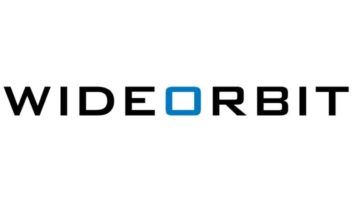Fraunhofer believes its new MPEG audio codec makes CD collections obsolete.
The codec, HD-AAC, offers music encoding “with quality beyond CDs and at the same time, iPod compatibility.” The company said the codec is based on the MPEG-4 SLS standard and provides lossless compression of 24-bit quality music content.
It is the result of a collaboration between Fraunhofer IIS and the Institute for Infocomm Research I2R. Fraunhofer is offering the software for PC and embedded devices, including microprocessors or DSPs from companies like Analog Devices, Intel and IBM. An HD-AAC logo will identify conforming products.
“Today’s Audio-CDs store uncompressed music in 16-bit, 44.1 kHz quality, while most music is now produced in the improved 24 bit, 96 kHz format,” the company stated. “HD-AAC is making this new standard efficiently available to consumers, electronic music distribution and the consumer electronics industry.”
In the announcement, Fraunhofer’s head of multimedia realtime systems stated, “Consumers will be able to buy content in online music stores that sounds better than CDs, and preserve their existing CD collection for the future by encoding it in HD-AAC. For casual listening, HD-AAC files conveniently play on existing AAC devices.”
The encoding process preserves the bits in the uncompressed original music track while offering lossless compression rates “comparable or superior to other lossless formats,” Fraunhofer claims. “Due to its AAC-LC core layer, an HD-AAC file can be directly played on existing music players and millions of mobile phones. For decoding of the fully lossless signal, upcoming devices will be equipped with an HD-AAC decoder.”
In a connected home, it said, “songs stored on media servers in the HD-AAC format can be streamed to multiple devices at varying bitrates. This maximizes the sound quality under difficult network conditions by matching the bitrate to the available bandwidth.”












